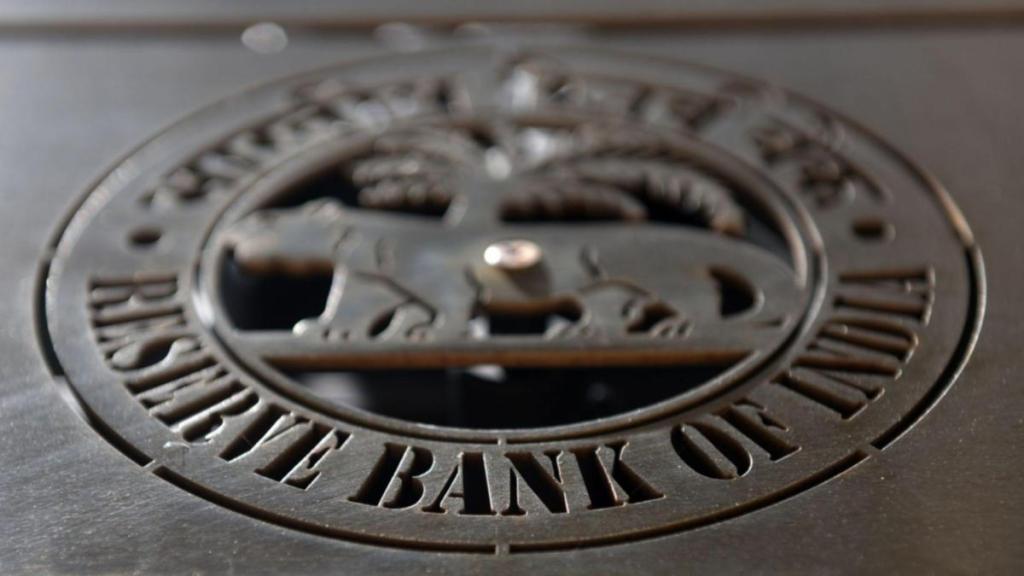The Reserve Bank of India’s (RBI) first Monetary Policy in the new fiscal, as expected, didn’t spring any surprises in terms of rate action or stance. Consequently, both the equity and bond markets stayed almost flat, with the 10-year G-Sec rising marginally by 3 bps.
The Monetary Policy Committee (MPC) kept the policy repo rate unchanged for the seventh time at 6.5% by a 5:1 majority. That is, the standing deposit facility (SDF) will continue to stand at 6.25% and the marginal standing facility (MSF) 6.75%. The stance of the policy also remained unchanged at ‘withdrawal of accommodation’ with 5 out of 6 members voting for it.
Governor Shaktikanta Das explained, “Looking ahead, robust growth prospects provide the policy space to remain focused on inflation and ensure its descent to the target of 4%. As the uncertainties in food prices continue to pose challenges, the MPC remains vigilant to the upside risks to inflation that might derail the path of disinflation.”
The good news is that the earlier targets for both the Gross Domestic Product and inflation have been kept unchanged at 7% and 4.5%, respectively with risks equally balanced across quarters.
“Two years ago, around this time, when CPI inflation had peaked at 7.8%, the elephant in the room was inflation… We would like the elephant to return to the forest and remain there on a durable basis… Till this is achieved, our task remains unfinished,” emphasized Das.
Said Pranjul Bhandari, Chief India and Indonesia Economist, HSBC, “… its continued emphasis today on using the current policy space to sustainably lower inflation to 4% makes us believe that it may decide to wait some time longer, even after the Fed moves.”
Abheek Barua, chief economist, HDFC Bank added, “Given the recent global resilience in economic activity, there has been a tendency to keep monetary policy tight to take on the last mile challenge on inflation by global central banks. The RBI seems to be moving in lock step with that.”
Top bankers also felt that the space for policy to focus on inflation has been helped significantly by a strong growth. Dinesh Khara, chairman, SBI noted that the monetary policy statement is an affirmation of goldilocks for India with high growth and low inflation in FY25 and FY26. Ashu Khullar, CEO, Citi India added that that RBI committed policy focus on inflation target has been made possible by a robust GDP backdrop which is firing on all cylinders.
Bhandari added that to balance the hawkish tilt, RBI unveiled its model inflation forecast for the next year – 4.1% in FY26 (45 for Q4FY26) giving a sense that the space for slight easing does exist. And the RBI may use the opportunity to ease rates to align real rates with neutral rates. “The last time inflation was in target (2015-2019), real rates were at 2%. A similar real rate over the next year, as the RBI achieves its 4% target, would imply a 50 bps cut in the nominal repo rate,” added Bhandari.
The RBI governor also spoke about the record forex reserves at $645.6 billion as of March 29 and said that there has been an improved resilience of the external sector. According to Barua, with the RBI reiterating its preference for a stable rupee, any significant depreciation due to recent global volatility seems unlikely. On the other hand, the RBI also signalled that it has enough appetite for building forex reserves and therefore expected rupee appreciation in the coming quarters (due to bond inflows among other things) could also face resistance.
In addition, the RBI governor cautioned banks, non-banking financial companies (NBFCs) and other financial entities on ‘quality of governance’ and ‘adherence to regulatory guidelines’. This statement comes against the backdrop of action against both banks and NBFCs in the recent months.
Besides these, several additional measures were announced which will have far reaching implications for the financial sector. One of the most important ones was the comprehensive review of liquidity coverage ratio or LCR.
The main fear for banks, due to latest technological developments, is the ability of a large number of depositors to suddenly withdraw money simultaneously – a situation that can cripple banks, as was witnessed in the US last year. RBI plans to issue a draft circular shortly on LCR for discussion with banks. “The review of the LCR framework with the advent of 24/7 payment systems could act as a positive enabler to address frictional liquidity mismatches,” added Khara.
Two key measures were announced in the Unified Payment Interface or UPI to deepen the space. One, enabling of cash deposit through Cash Deposit Machines (CDMs) using UPI. Also, third-party UPI apps would be allowed to make UPI payments through PPI (Prepaid Payment Instruments)
Among other, the RBI plans to allow trading of Sovereign Green Bonds in International Financial Services Centre (IFSC). Also, a mobile app will be launched for RBI Retail Direct Scheme to deepen the G-Sec market.
While reiterating its existing stand on currency derivatives, it has allowed small finance banks will be allowed to deal rupee interest rate derivative products for hedging their risk.
It is also proposed to make the Central Bank Digital Currency (CBDC)—retail accessible to a broader segment of users by enabling non-bank payment system operators to offer CBDC wallets.


